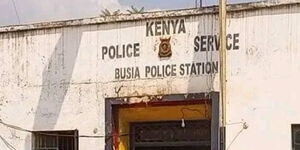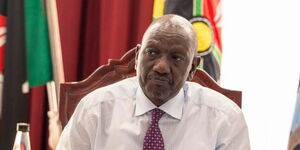The opposition faction wants Kenyans to recall all Members of Parliament who voted in the controversial Finance Bill 2024.
Opposition allied parties like the Orange Democratic Movement Party (ODM) and Wiper Party had already hinted at initiating procedures to recall all MPs who voted in favor of the bill.
The ODM Secretary-General, Edwin Sifuna, in a statement on Thursday, noted that the party will petition those who voted 'Yes.'
The second reading stage saw 115 members of the National Assembly vote against the Finance Bill while 204 upvoted the bill to progress it to the committee stage.
But what does it take to recall a Member of Parliament?
Recalling a Member of Parliament has been a hard nut to crack in the Kenyan political arena. It has always been an 'easy to say,' but 'hard to implement,' strategy. This is due to procedural technicalities as aligned in the Constitution and Elections Act.
Political parties have no sensible structures to recall a member of parliament. The power is solely vested in the electorates.
The Constitution of Kenya 2010 under Article 104 only grants voters the right to recall an MP.
"The electorate under Articles 97 and 98 have the right to recall the member of Parliament representing their constituency before the end of the term of the relevant House of Parliament," Article 104, clause (1) states.
The Article further grants the parliament a chance to enact legislation to provide for the grounds on which a member may be recalled and the procedure to be followed.
Some of the procedural steps enacted by the parliament and the Elections Act to govern these steps are as follows.
A Member of Parliament can only be recalled on four grounds: Gross violation of the Constitution or any other law, committing an offense under the Elections Act, gross misconduct, and misappropriation of public funds.
“A recall of a Member of Parliament shall only be initiated upon a judgment or finding by the High Court confirming the grounds of violation of provisions of Chapter Six of the Constitution, mismanagement of public resources, and or conviction for an offense under the Elections Act,” the law avers.
The Recall Stages:
-
The petitioner (registered voter) collects signatures from at least 30 percent of registered voters in the constituency. Signatures must include at least 15 percent of the voters in at least half of the wards in that constituency.
-
The petitioner then submits collected signatures to the Independent Electoral and Boundaries Commission (IEBC). During submission, the petitioner has to submit also a list of grounds on why the MP should be recalled.
-
The IEBC will then verify and validate the signatures. If the petition meets the threshold, the electoral body will notify the MP who will later be accorded an opportunity to respond.
-
The IEBC then notifies the Speaker of the National Assembly within 15 days to initiate the process of recall.
- If the decision is withheld, the commission will then hold fresh elections within 90 days of the verification of the petition.












